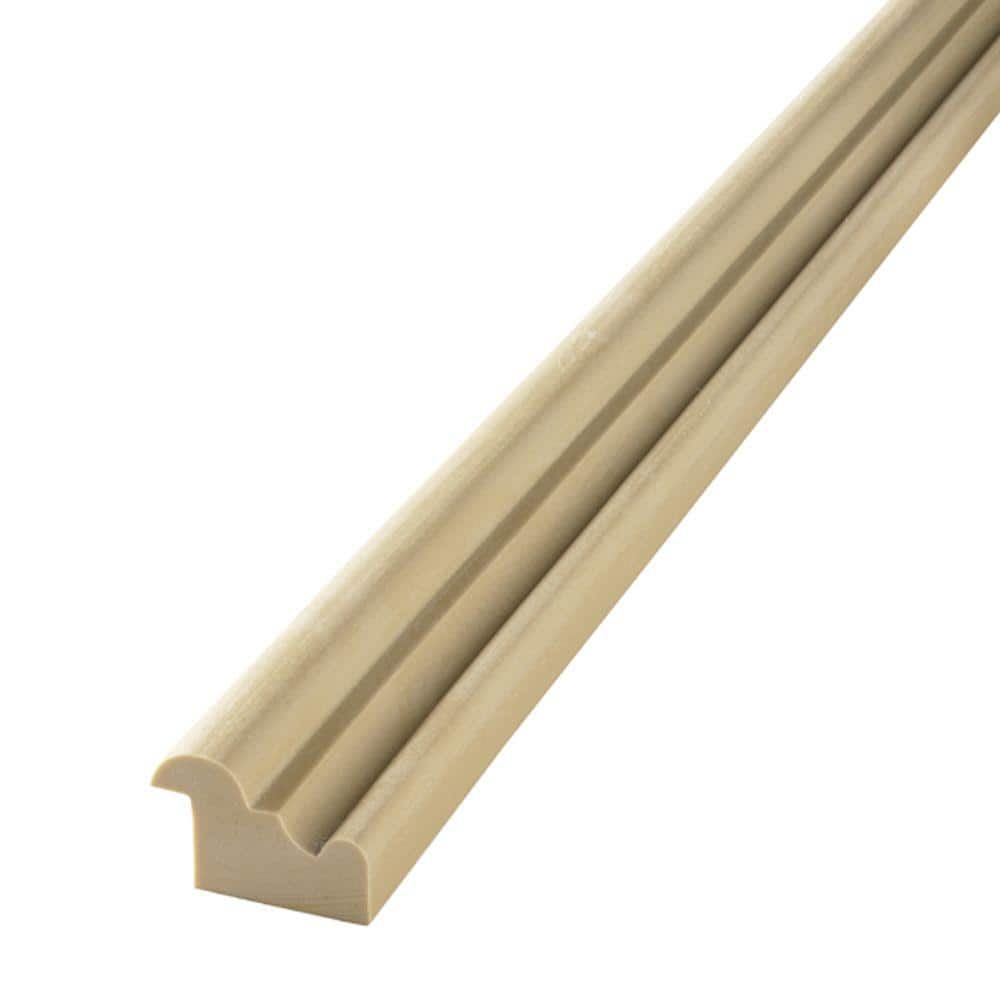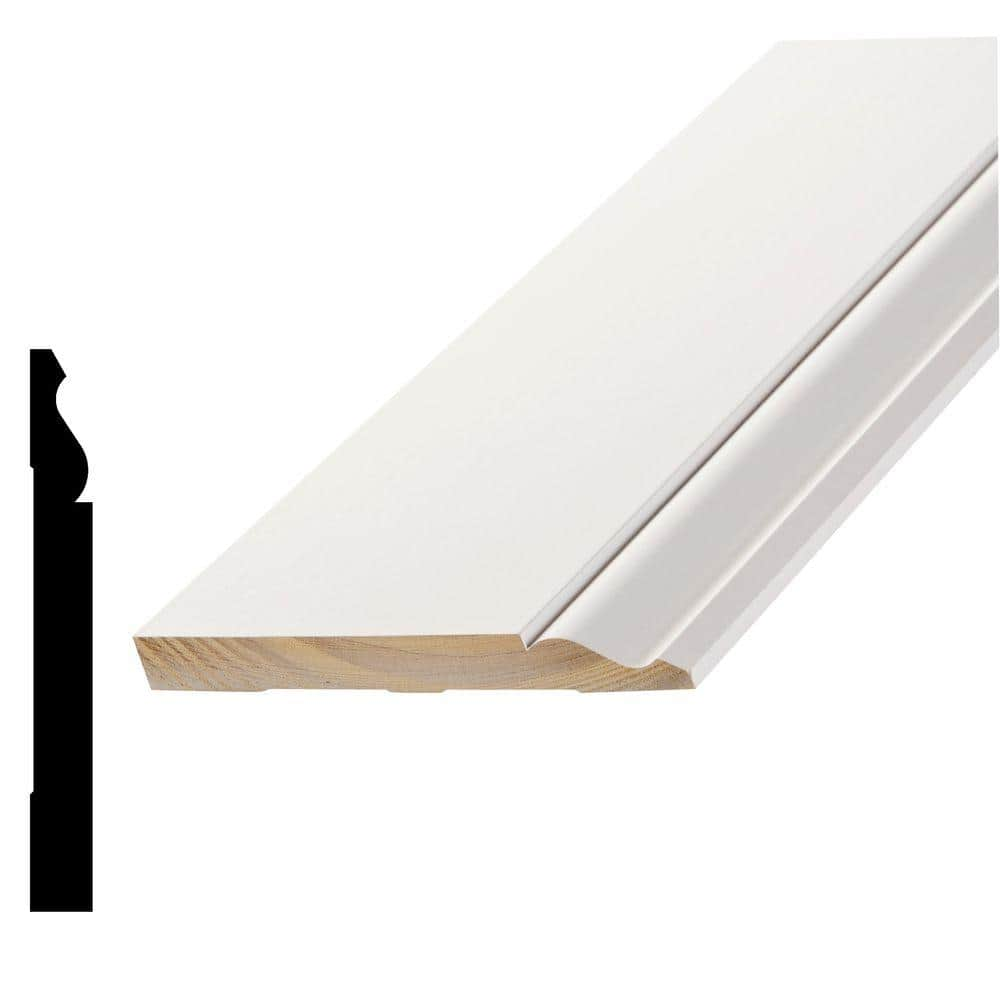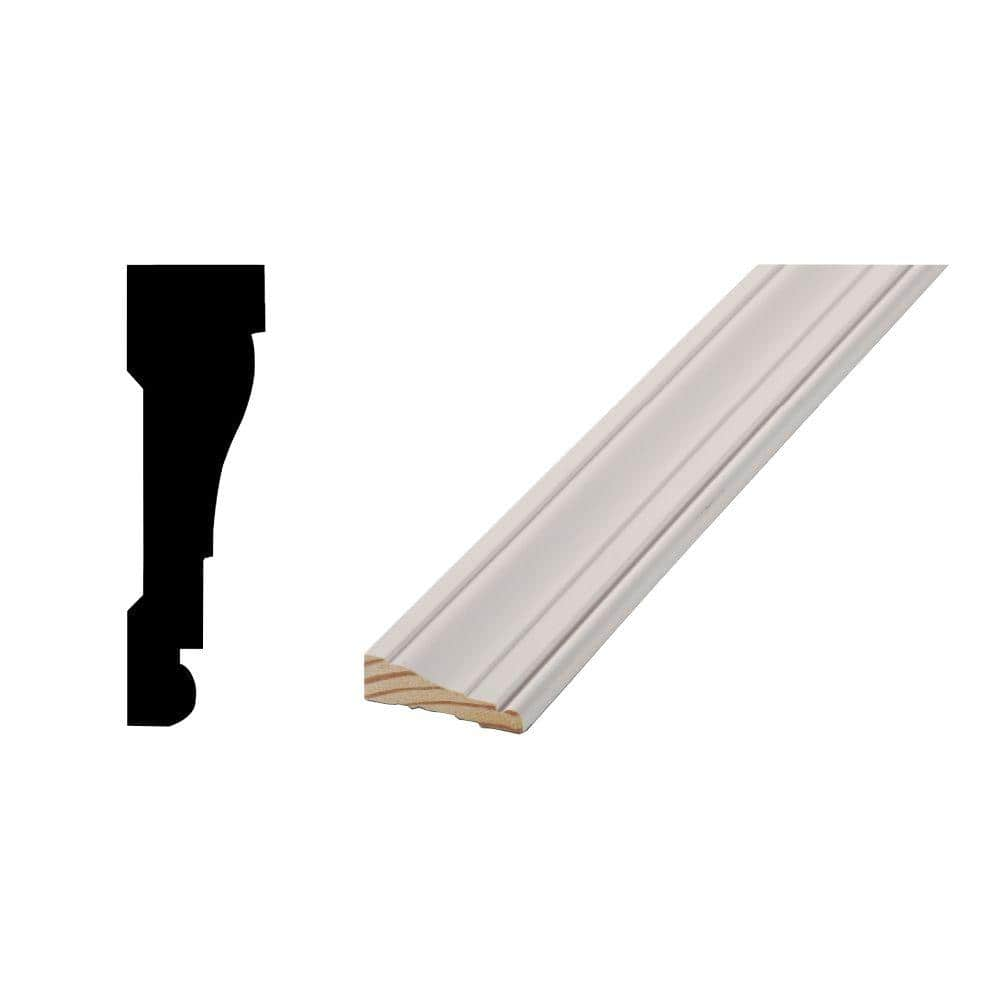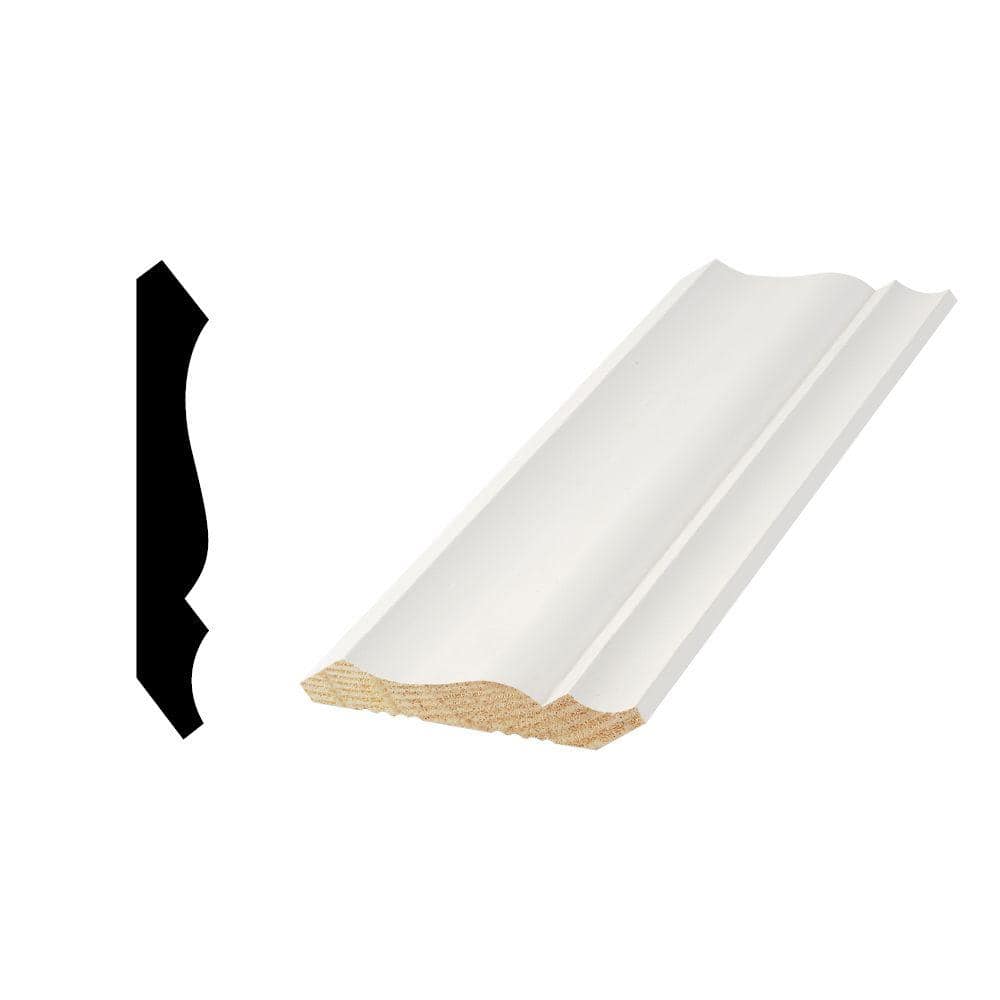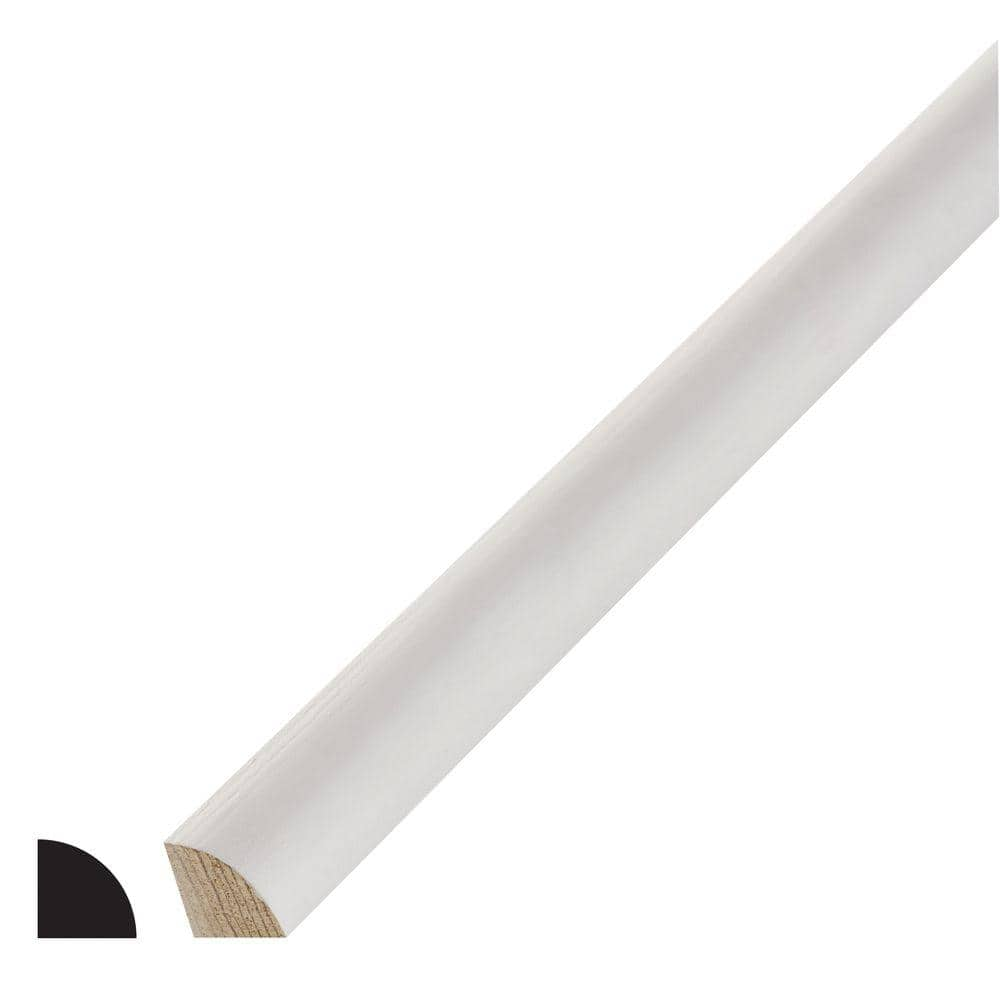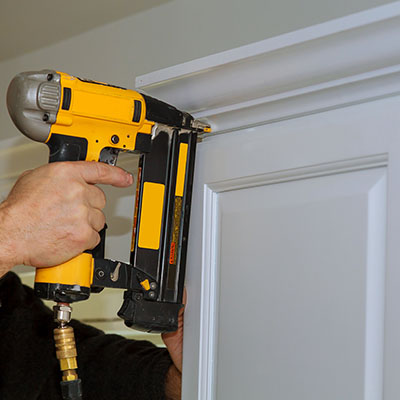Types of Moulding

Last updated May 1, 2025
Moulding is a budget-friendly way to add value and beauty to your home. There are many styles and materials to choose from. There are traditional wall mouldings, crown mouldings and everything in between. You can use moulding to enhance any room or space. Read on about the different types of moulding available. Plus,learn what materials and accessories you'll need to finish your moulding project.
Table of Contents
Moulding Types
Ceiling Moulding
Casing Moulding
Baseboard Moulding
Chair Rail Moulding
Picture Rail Moulding
Moulding Types

Moulding is a design element that adds drama and detail to a room or space. There are a variety of moulding types, shapes, sizes and designs. When deciding on types of trim for your home, it’s important to understand their purposes and differences and how each type of moulding has a specific use. For example, panel moulding is used to frame wall paneling or add a decorative touch to traditional wainscoting. If you need to cover the joints between two pieces of paneling, board and batten is a good choice.
Ceiling Moulding

Ceiling moulding, also known as crown moulding or cornice, runs along the top of a room where the wall meets the ceiling. It softens the transition from wall to ceiling. Crown moulding can be simple or intricately detailed. These types of moulding trim can make a room look polished. A good rule of thumb to follow is the larger and taller the room, the wider your crown moulding should be.
Casing Moulding

Casing or architraves moulding is used to conceal the gap between the drywall and a door or window frame. This type of trim is also good for framing doorways and windows. It is typically made from wood and can be simple or ornate. Casing moulding comes in many different styles, including colonial, craftsman, Victorian and more.
Baseboard Moulding

Baseboard moulding, or skirting board, is a type of trim that's placed where the bottom of a wall meets the floor. It is used to cover any gaps and protect the wall from damage. It's designed to create a visually interesting transition. Baseboard moulding can be simple flat boards, rounded or angled profiles or more decorative profiles like ogee or cove. Baseboards are usually thinner than casings. Use both to create a cohesive look.
Chair Rail Moulding

Chair rail moulding, or dado rail, is a type of trim that is typically installed around the perimeter of a room at chair height. It protects walls from furniture damage and is also installed for decorative purposes. A common decorating trick is to use paint above the chair rail and wallpaper below it. You can use chair rail moulding in any room to add warmth and charm.
Picture Rail Moulding

Picture rail moulding is a type of trim used to hang pictures or artwork on walls. It typically runs horizontally along the upper portion of a wall about 7 to 9 feet from the floor. Picture rail moulding can be everything from simple flat boards to curves and patterns. It’s made from wood, plaster and other materials to display art or decorative plates.
Wainscoting

Wainscoting is a type of decorative paneling that is installed on the lower portion of a wall, typically below chair rail height. There are many different styles of wainscoting, including beadboard, board and batten and raised panel. Panel moulding is used to frame wall paneling and add a decorative touch to traditional wainscoting. Board and batten refers to a wall trim piece used to cover the joints between two pieces of paneling.
Where to Use Moulding

Moulding and trim can be used in any room of your home. How you apply moulding depends on where you want it to be. Certain moulding such as baseboards and crown moulding occur throughout the house. Picture rails and other decorative moulding is used only in specific areas like dining rooms.
Here’s a quick look at where to apply specific types of moulding in your home:
- Wall and ceiling: Chair rail, panel moulding, wainscoting, picture rail and crown moulding.
- Floor: Baseboard moulding.
- Doors and windows: Casing or architraves.
All moulding is installed using nails and a hammer. Other tools needed may include a miter saw, finishing nailer, finishing nails and coping saw. Make sure you have a tape measure, level and pencil. Safety gear such as goggles and gloves is also recommended.
Moulding Materials

Moulding and trim can be made from many materials, including foam, polyurethane and rubber. Wood is the most popular moulding material. Choose a material based on your home style and budget.
- Primed medium density fiberboard (MDF) is a high-grade composite material. It typically comes pre-primed. This gives it a consistent, evenly painted finish with superior workability.
- Pine is a versatile softwood moulding that can be clear-coated, stained or painted. It offers a warm, rustic look. Primed pine is natural wood-based, paint-grade moulding that is also pre-primed.
- Oak is a classic and traditional hardwood moulding with a distinctive grain pattern. It can be clear-coated, varnished or stained and offers a durable, rich look.
- Polyurethane is a high-density, lightweight material. It has the look of wood but will not warp, split or rot. It’s pre-primed for easy installation.
- PVC is a strong material that mimics the look of wood but isn’t affected by moisture. It also won’t crack or chip.
Moulding Accessories

Corner blocks are functional and stylish accessories that will complement most moulding. Here are the most popular choices:
- Rosettes are corner blocks. They’re used at the top of a door or window to change a moulding’s direction.
- Plinth blocks are baseboards that join profiles of different widths. For example, plinth blocks can join a baseboard with a narrower door casing.
- Crown corners can be cut using a miter saw or bought preassembled. The preassembled inside and outside corner pieces simplify the installation process. You’ll only have to cut butt joints to mate crown moulding to the corner pieces.
- Divider blocks are decorative blocks used during installation so the moulding can be cut straight instead of scarfed or cut at a 45-degree angle.
- Intermediate blocks are also decorative blocks used during installation on straight runs of moulding. This allows for the moulding to be cut straight instead of making a scarf joint.
Moulding Tips

There are a few general things to keep in mind when choosing all types of trim:
- Always measure the room for moulding before making a purchase. Measure the length of each wall and calculate in any window or door openings. Then add an extra 10 percent to the sum for mitering.
- Buy about 15 to 20 percent more material than you need. This will help you complete your project in case you miscalculate or cut the wrong length. Crown moulding and baseboards are sold in 8-foot and 12-foot lengths. An average room with a 16-foot wall will typically use two pieces of moulding. Save extra cuts to finish off any rough edges.
- Moulding and trim styles are available in classic, farmhouse, modern looks and more. Choose a look that reflects your style. A classic or traditional look works in most spaces.
Adding moulding is a simple upgrade you can do yourself. The right type of moulding makes any room feel more elegant and polished. Lift your ceilings with crown moulding or wrap a dining room with chair rails and wainscoting. The many types of moulding ensure that you can find a style that suits your home.
Need help identifying moulding or crown moulding types? Find products fast with image search in The Home Depot
Mobile App. Snap a picture of an item you like and we'll show you similar products.

